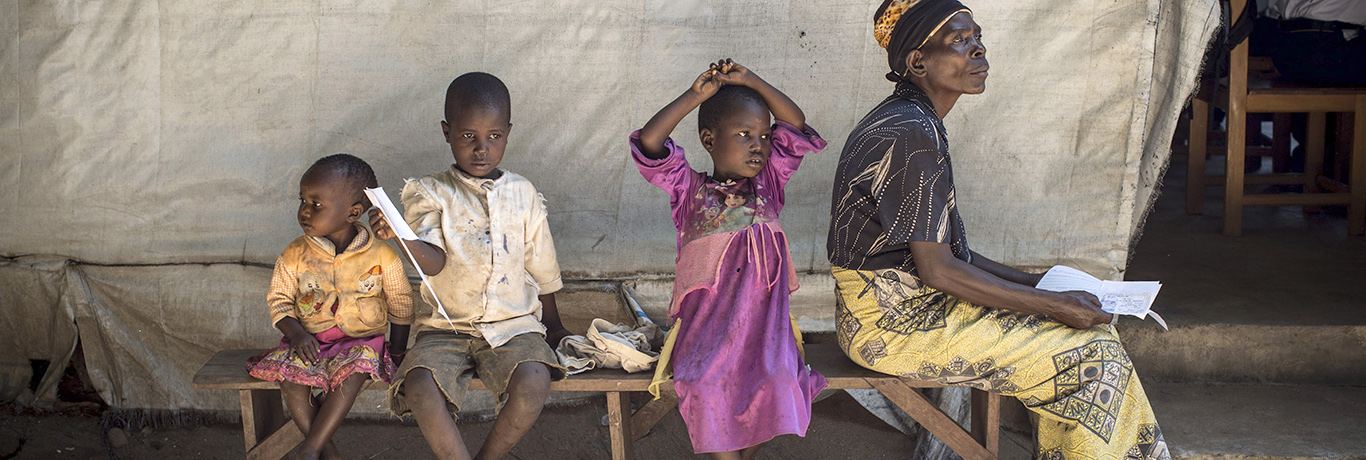The data set should comply with data protection principles, including necessity, proportionality and specific purpose. Five data sets have been developed and set out in this chapter. They should not be regarded in terms of fixed ‘levels’; additional data elements may be built in to any pre-defined data set as needed. Ideally, Offices are encouraged to work towards collecting the comprehensive data set out below as registration capacity and data needs evolve.
Data needs in an operation will evolve over time – protection and assistance programming may expand or change focus, or durable solutions may become available. It is, therefore, essential that the Registration and Identity Management Officer consults other functional units and protection partners on a regular basis regarding data requirements, as data collected previously during initial registration may no longer be sufficient or adapted to a changing protection and solutions environment or revised case processing methodology.
While the collection of a minimum set of core data is required, the Registration and Identity Management Officer may be guided by the following questions when considering additional data elements:
- What individual data is needed to effectively pursue the protection and solutions strategy in place?
- Consult widely13 to ensure clear visibility on existing and anticipated protection and assistance programmes and the corresponding data requirements. What are data needs? What are the current gaps in data?
- What are the data needs of stakeholders, including the host government, sister agencies and other partners?
- In order to minimize duplication of data collection, a commonly agreed data set is indispensable.
- What is the purpose of additional data elements?
- Ensure there is a legitimate, fair and specified purpose to the collection of data.
- Ensure the collection of data is necessary and proportionate to the purpose for which the data is to be collected.
- In a merged REG-RSD processing context, additional RSD-relevant data fields can be built in to whichever individual data set is applied, for the purposes of determining refugee status.
- Is there time and capacity to collect additional data at registration interview?
- Carefully consider processing capacity when identifying data needs. Where necessary, consider how other actors can support data collection, or whether other forms of data collection, for example, surveys, may be preferable.
13 Including country specific objectives in FOCUS

